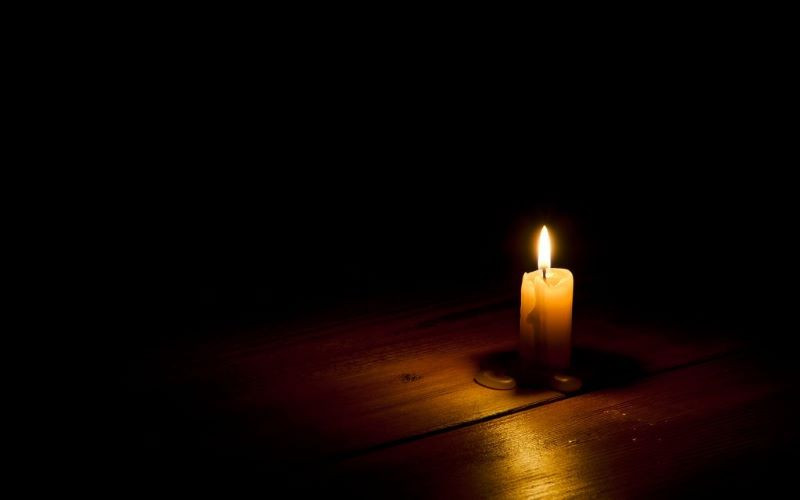
ZIMBABWE faces crippling power cuts after the Zambezi River Authority (ZRA) announced that water levels at Lake Kariba have slightly decreased compared to the recordings made last year during the same period.
Early last year, the country was plunged into darkness after ZRA slashed water allocation for power generation at Kariba hydropower station from 40 to 30 billion cubic meters (BCM) due to reduced water inflows in Lake Kariba.
The country has been witnessing extended periods of load shedding in recent days.
In a statement on Tuesday, ZRA chief executive, Munyaradzi Munodawafa said: “The Lake level rose from a 1st January 2024 recorded level of 477,24m with 7,80 BCM of stored usable water, representing a live storage of 12%, to a peak of 477,87m with 10,68BCM of stored usable water or 16,49% live storage recorded on 29th January 2024.”
During the first week of the month of February 2024, the lake level registered a sluggish increase.
It began steadily decreasing thereafter due to low inflow and reduced rainfall activity on and around the lake associated following the below average rainfall received in the 2023/24 rainfall season in the Kariba catchment area. Subsequently, the recorded lake level as of March 6 was 477,66m with 9,72BCM.
Lake Kariba, one of the world’s largest man-made reservoirs, straddles the Zambezi River dividing Zimbabwe and Zambia, which share the water resource for power generation, water, fishing and tourism related activities.
For its hydro-power generation, Zimbabwe ideally should, at full throttle, produce 1 050 megawatts (MW) at its Kariba South plant which was built by Italian contractors in the 1950s and an expansion project to add two other units was completed in March 2018 by Chinese contractor, Sino Hydro Corporation.
- ‘Binga not fully marketed’
- Increased poaching in Kariba threatens fish farming
- Kariba fishing tourney breaks with tradition
- Kariba dam in recession
Keep Reading
As of yesterday, Kariba was generating 300MW.







